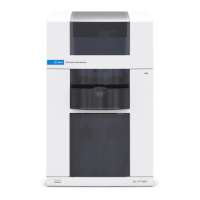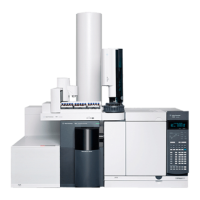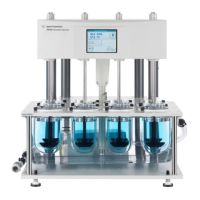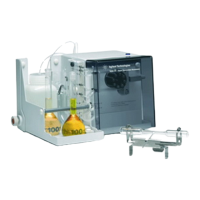Troubleshooting Tasks 8
Agilent 7890 Series Troubleshooting 199
To Isolate the Cause of FID Noise
FID noise is the result of mechanical, electrical and chemical
factors. FID noise can be a subjective parameter. Often FID
baseline noise is perceived based on history of a given detector
or comparison with another detector in the lab. For proper
diagnosis of noise it is important to evaluate the detector noise
under documented conditions against a known standard. Find
more detailed information about noise in Noisy Detector,
Including Wander, Drift, and Baseline Spikes.
Before troubleshooting the detector, perform a noise test using
your Agilent data system. If the detector fails the noise test,
then troubleshoot the cause as described below.
To isolate the cause of FID noise:
1 If the noise test fails, remove the column and re-evaluate
detector noise with the FID capped and re-ignited, using only
H2/air and makeup detector gases. If it passes, suspect
contaminated column/carrier gas.
2 If the noise failed with no column installed, repeat the noise
test with only H2 and air - set makeup flow to "Off". If it
passes, suspect contaminated makeup gas.
3 If the noise test still fails, see To Measure FID Leakage
Current. If the leakage test fails, replace or clean the
collector and PTFE insulators, the interconnect with spring,
and/or the entire FID electrometer assembly. If the leakage
test fails, replace or clean the collector and PTFE insulators,
the interconnect with spring, and/or the entire FID
electrometer assembly.
4 If the leakage current test is OK, suspect a contaminated jet
or contaminated H2 or Air detector gas supplies (gases,
tubing, traps), especially if the background of the detector
when lit is >20 pA.
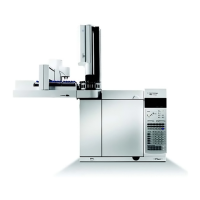
